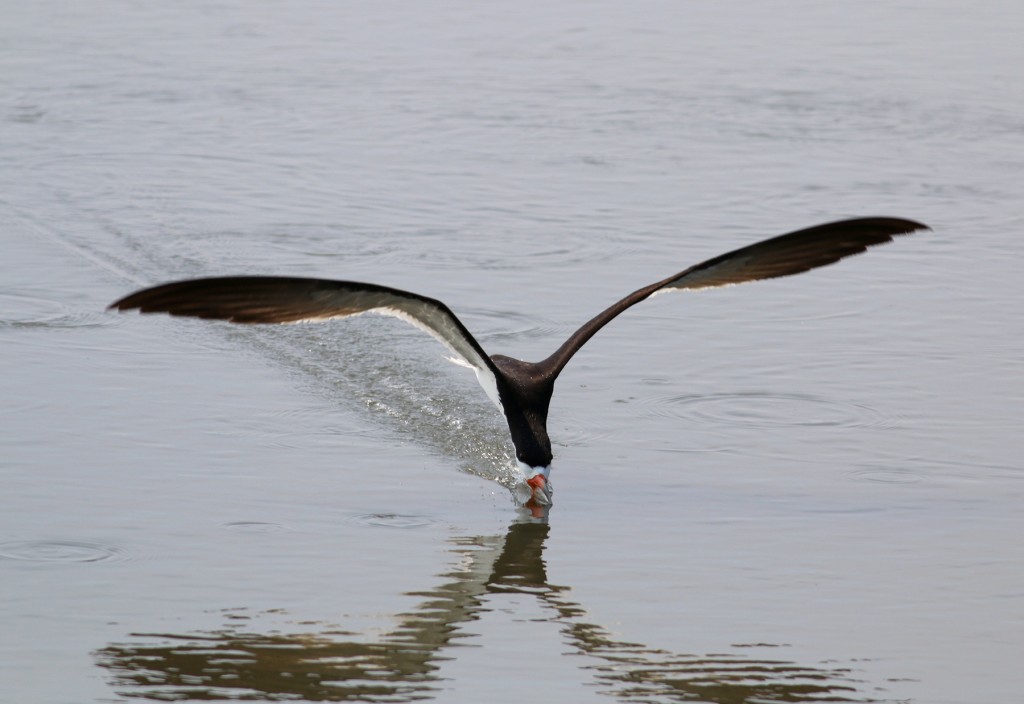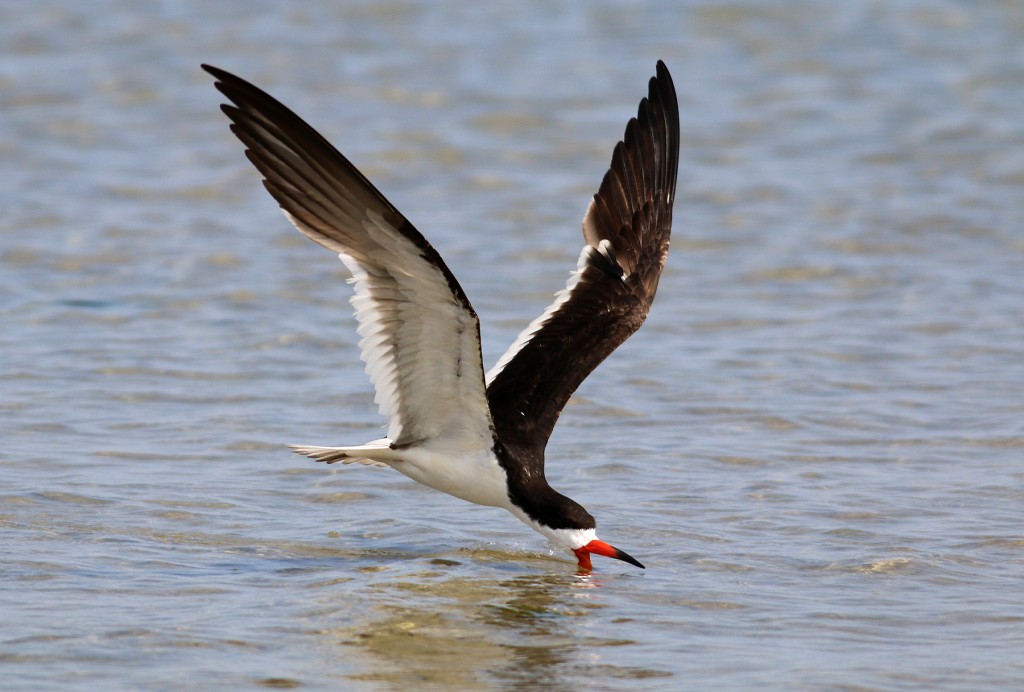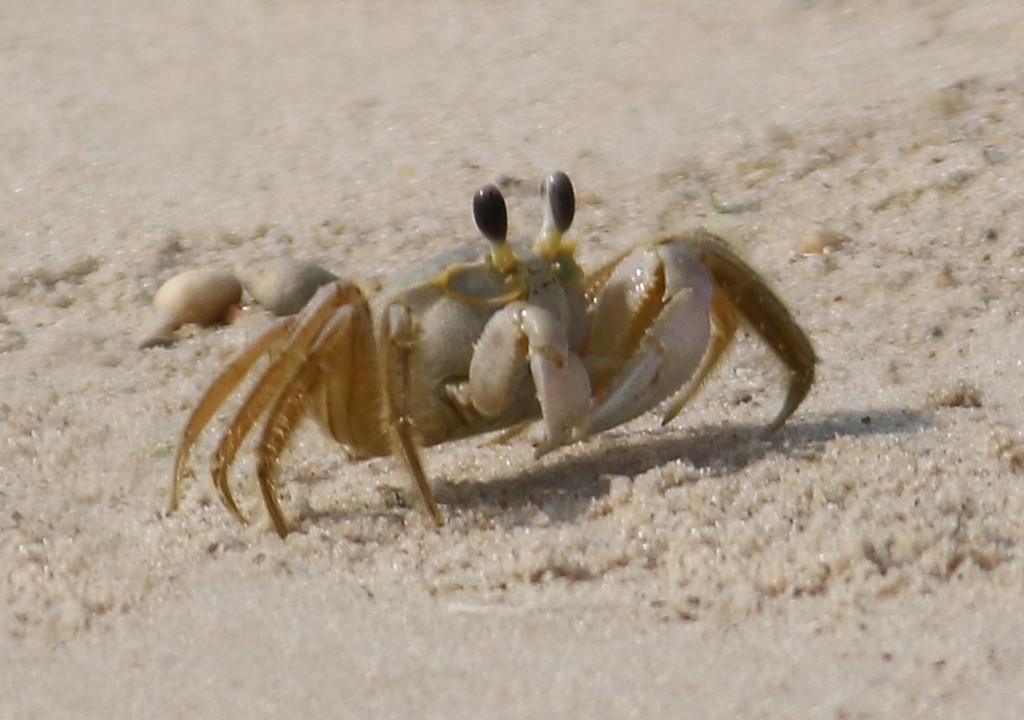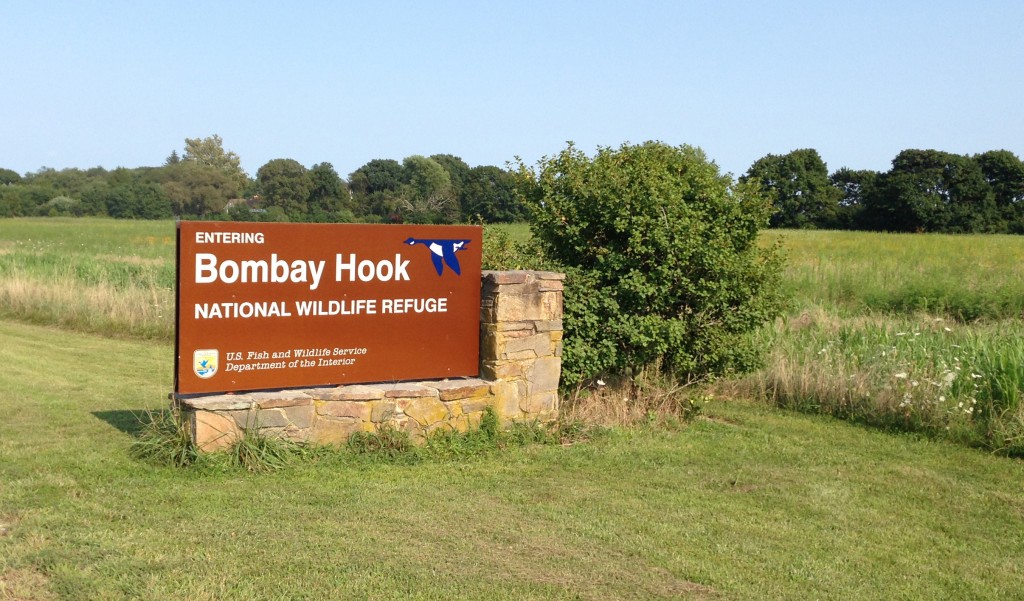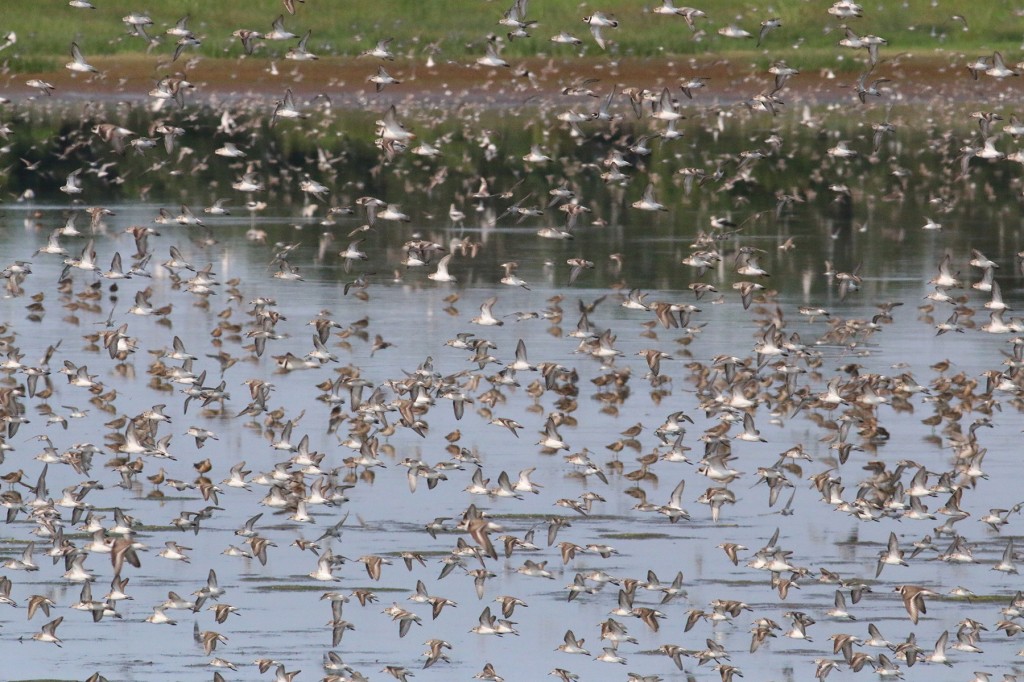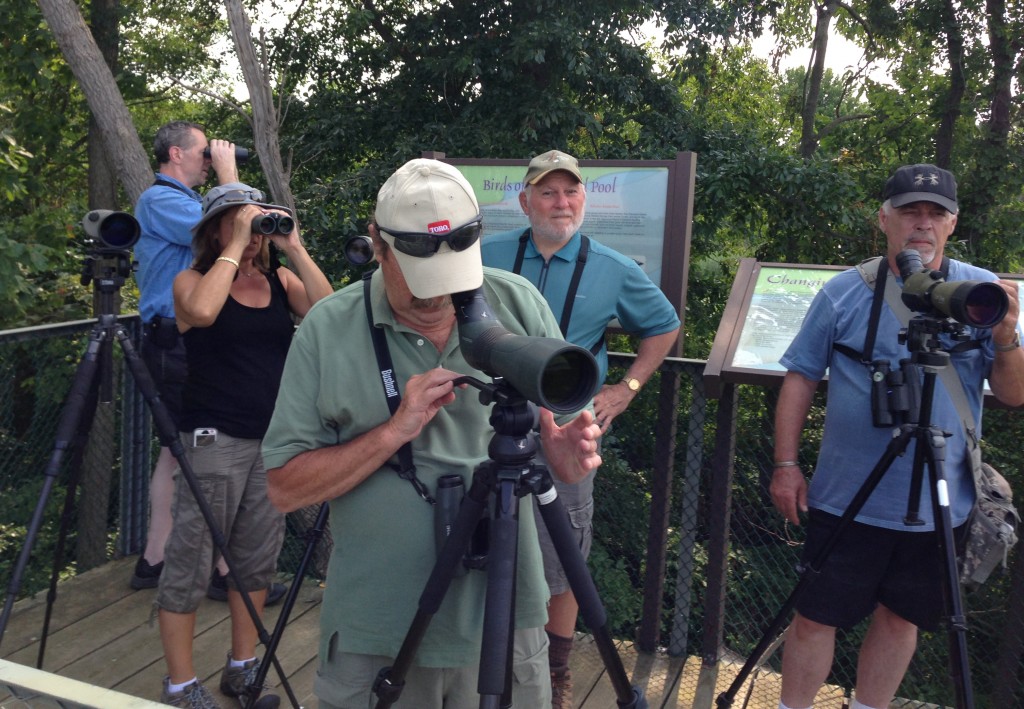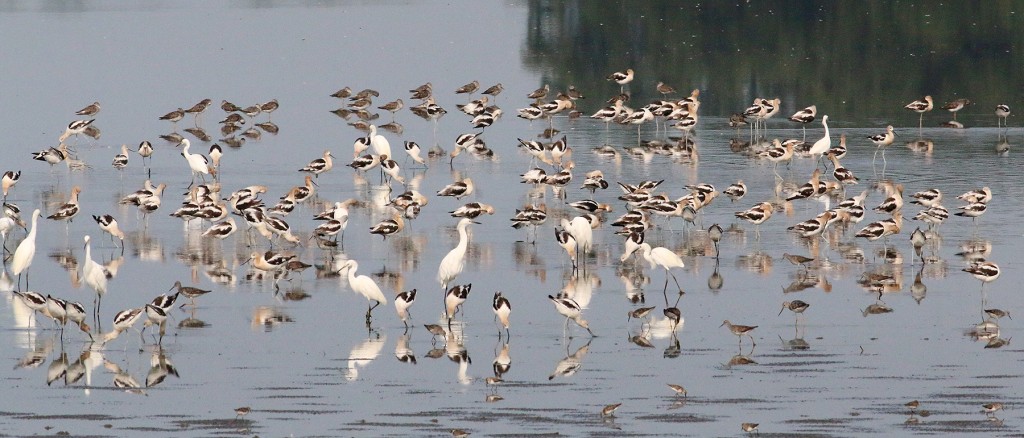This past weekend I joined with some friends from one of my birding clubs, the Edgar A. Mearns Bird Club, from Orange County NY for an excursion down to Delaware. I had not been birding in Delaware previously, so this trip was an opportunity to explore new territory with good birders who are more familiar with this area. Of course, it also was an opportunity to search for some target species that are difficult to see in our area, with the main targets being American Avocets, Black-necked Stilts, and Brown-headed Nuthatch. We were not disappointed. The trip began here in NJ with a stop at Forsythe NWR, where a trip around the dike produced many shorebirds on the receding tide, but the highlights were three tough tern species: Caspian, Least, and Gull-billed. The feeding Black Skimmers were a delight. We crossed Delaware Bay on the Cape May-Lewes ferry, accompanied at each end by Dolphins. Very near to the Lewes DE dock is Cape Henlopen State Park where we spent two hours or so, rewarded by good looks at Brown-headed Nuthatches, Blue Grosbeaks (which ended up being very common on this trip), Piping Plovers, and the first-for-me Ghost Crab. It was a nice start to my Delaware birding history.
The next day was spent entirely in Bombay Hook NWR, slowly progressing around the drive and carefully scanning the pools for shorebirds. The highlight for me came early in the day, with 275 American Avocets amassed closely in in Raymond Pool in the morning sunlight. Wow, what a great place for shorebird fans. There were large numbers of shorebirds in this pool, and when they took off in unison and circled the pool, it was quite impressive. Near the end of the loop we searched for a previously reported Sedge Wren, and we were able to first hear it, and then got decent looks at the bird (although no photos). This was a nice unexpected surprise for me,and only my second Sedge Wren ever.
Our last day was spent at Prime Hook, with the main target being the stilts…Black-necked Stilts and Stilt Sandpipers, each of which eluded us at Bombay Hook. With all the skilled eyes and a bit of good fortune, we found both species at our first stop, within a few yards of each other. Nice! It was a good ending to the trip, with 104 species seen by the group, including nearly all of our targets.
